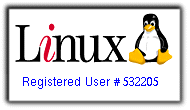This might be specific only to me, but I kinda observe, and faster to install Ubuntu server and add a GUI lateron, that wait for Ubuntu-Desktop edition to fully install.
While installing Ubuntu Server, I just add OpenSSH Server to enable me connect to the server from another PC.
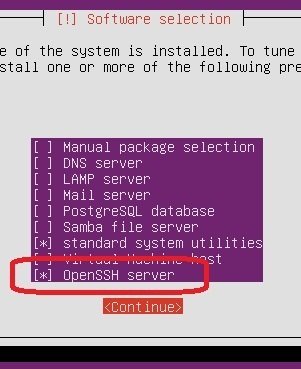
Login to Ubuntu Server, sudo into root and do the following:
1) Update the installation
command: apt-get update
2) command: tasksel
- scroll down and select Ubuntu desktop
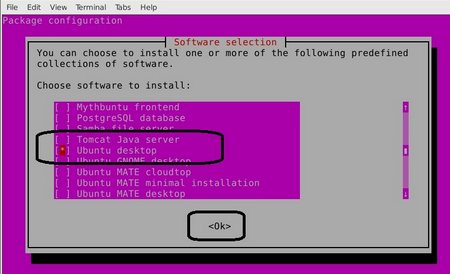
while installation is going on, my screen
This tutorial details how to upgrade a Joomla 2.5-site to Joomla 3.
Joomla Upgrade Preparation:
1) Backup your site: preferrably with Akeeba. Download the backup file onto your local computer. Dont forget to backup your database as well.
Akeeba was not installed on the site I was working on, so I had to find a Joomla 2.5 compatible Akeeba version. Here are some links
- All Releases - Akeeba Backup for Joomla: click here
- I found Akeeba v4.0.4 compatible with Joomla2.5: click here
2) Uninstall all
Here is the method I found most effective in setting my computer time permanently.
As root, or via sudo:
command: sudo dpkg-reconfigure tzdata
Choose your geographic area, and click ok;
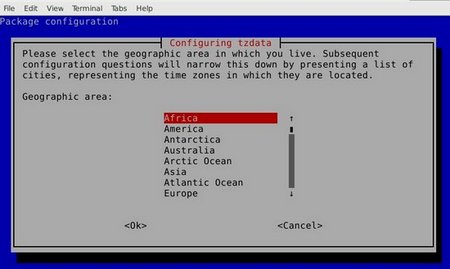
Choose your timezone, and click ok;
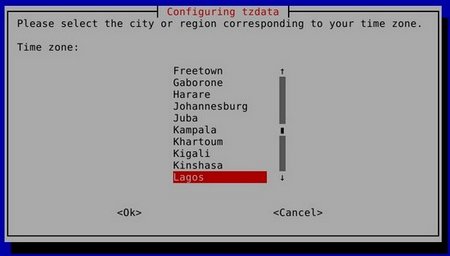
Your current time:
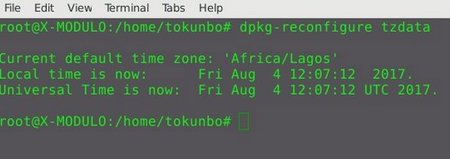
restart CRON:
$ service cron stop && service cron start
enjoy!!!
Problem: nslookup command not found on Debian stretch
Solution: apt-get install dnsutils
Install remote desktop client in Debian stretch
Solution: apt-get install vinagre
Install Chromium Browser in Debian Stretch:
First update the Debian install: apt-get update
as root/sudo: sudo apt-get install chromium chromium-l10n
Install VirtualBox with Gdebi in Debian:
First we update the Debian installation: apt-get update
Gdebi is a simple tool that I prefer to use in installing .deb files. With Gdebi installed, all you have to do is right-click on the deb file and install the file.
1) Install Gdebi: apt-get install gdebi
2) Download VirtualBox from Virtualbox website: https://www.virtualbox.org/wiki/Linux_Downloads

3) Install VirtualBox with GDebi: (right click on .deb file and "Open with GDebi Package
In this tutorial, I will detail how to setup an Ubuntu server as a NAT router.
The server has 2-network interfaces: enp0s3 (WAN) and enp0s8(LAN). NAT is enabled on the WAN-NIC. A DHCP-Server is installed and it leases IP-addresses to clients over server's enp0s8 interface.
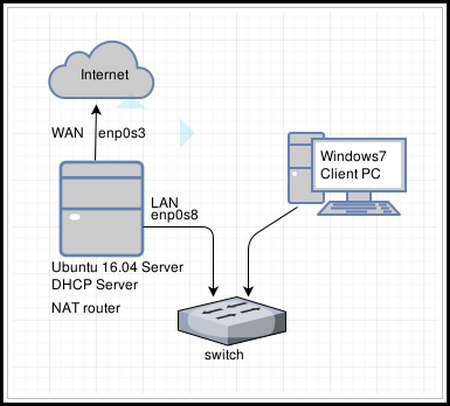
SERVER SPECS
root@ubuntu-DHC-SVR-RTR:/home/tokunbo# lsb_release -a
No LSB modules are available.
Distributor ID: Ubuntu
Description: Ubuntu 16.04.2 LTS
Release: 16.04
Codename: xenial
Lets go............
1) CONFIGURE NETWORK
Virtualbox's "host only adapter" setting is useful if you want to create a network containing your host OS and several virtual machines.
The "No Host only adapter selected error" appears if no host-only adapter has been configured.
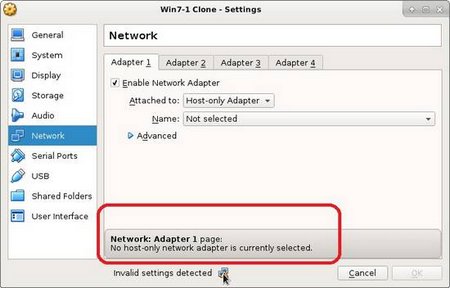
To fix this issue, shut down your running guest OS.
Goto Virtualbox's main menu >> File >> Preferences as follows:

Refer to below screenshots for the following steps.
On the Preferences window, select Network;
On the Network window, there are
The following is a tutorial on how to install and configure a DNS server:
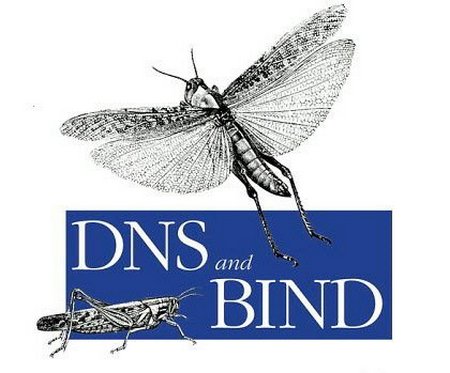
MY SERVER SPECS:
root@ubuntu-DNSSVR:/home/tokunbo# lsb_release -a
No LSB modules are available.
Distributor ID: Ubuntu
Description: Ubuntu 16.04.2 LTS
Release: 16.04
Codename: xenial
In my setup, my server-IP is the same as my DNS-server IP:
auto enp0s3
iface enp0s3 inet static
address 172.16.1.20
netmask 255.255.255.0
gateway 172.16.1.1
First is to configure my server for internet access, however using a public
Page 4 of 21

